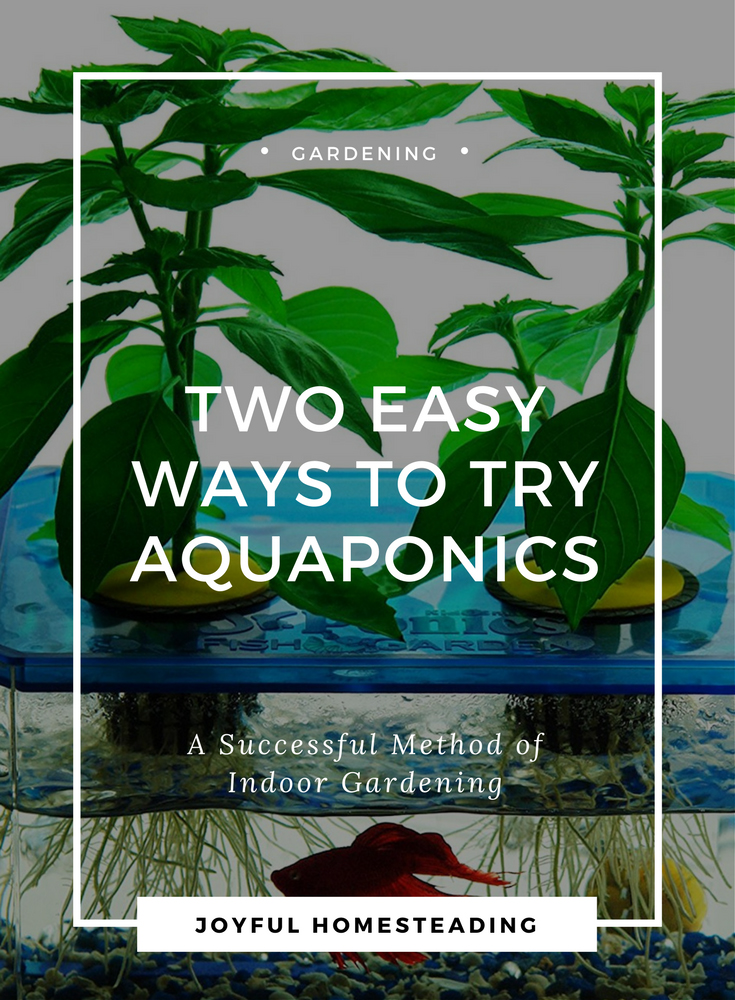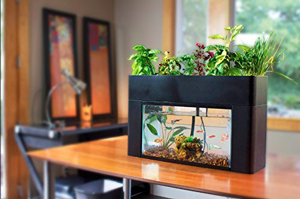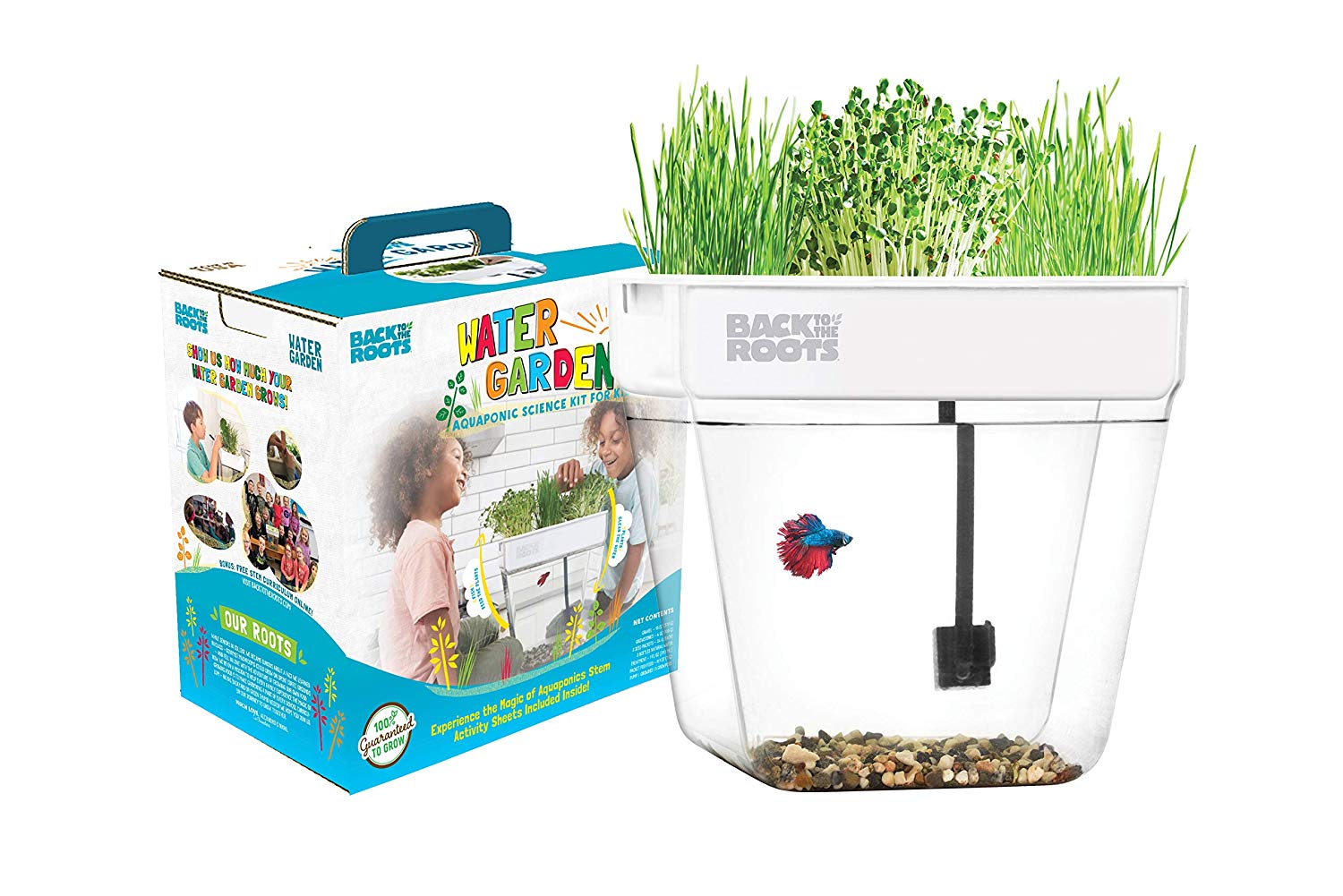Aquaponics Made Easy
Aquaponics made easy is a bit of an oxymoron. Anytime you have a system that involves a mesh of aquaculture and hydroponics, you can't expect it to be completely simple. But there are some easy ways to learn aquaponics and get your feet wet that won't put you out of a lot of money plus provide you with some potentially great food as well.

Why Aquaponics?
Plants need food, and fish need their tanks changed on a regular basis.
If you have ever had an aquarium, you soon realize that the pump you bought usually isn't enough to keep your fish tank clean.
Quit changing the water on a regular basis, and your fish will get sick and die. Just like anyone else, they don't do well living in their own filth.
Plus, if you've ever tried gardening, you soon realize that your plants won't do well without fertilizer of some sort.
An aquaponics system like this Aquaponics Science Kit from Amazon won't grow a lot of food, but it is a good way to learn aquaponics.
They need compost added to the soil at the beginning of the growing season, along with fertilizer on a regular basis.
The dirty water from your fish tank is an excellent form of liquid food for your plants. Used water from a freshwater aquarium is loaded with nitrates that help your plants make chlorophyll. Dark, leafy greens like lettuce, spinach and broccoli especially love used fish water. Fish water also has phosphorus to promote healthy root growth and potassium to make your plants strong and hold water better.
This is a nice alternative to using smelling fish fertilizers. Yes, fish water does have an odor, but that odor will generally dissipate within an hour.
A Word of Caution
By the way, don't use water from a saltwater fish tank, as the salt will kill your plants. Also, if you have added chemical PH adjusters or fish medications to your aquarium, throw the water out and don't use it on any of your vegetable plants.
And finally, if you haven't cleaned your fish tank in more than a month, use the water sparingly, or your may overfeed and burn your plants.
In case you need more convincing, I suggest you try it for yourself: Take a large cup and fill it with water from your fish tank. Use that water to water your indoor plants, taking care not to wet the foliage or leaves.
Or, the next time you clean out your fish tank or bowl, save the used water to give to your garden and house plants once a week. You'll be amazed at the results and avoid having to buy expensive fertilizers. How's that for aquaponics made easy?
Other Aquaponics Made Easy Systems
One of the easiest ways to learn aquaponics is to buy a ready-made system like the one pictured on the right.
This contained system is attractive and will provide you with a ready supply of fresh herbs or other greens.
Plus, at the price of less than $200, it's reasonable, although you won't be able to grow a garden from it.

This Aqua Sprouts Garden is an easy way to learn aquaponics.
You can build an indoor aquaponics system, but if you're looking for a simple system for a science project or to simply learn more about aquaponics, you can buy a kit from Amazon.
Or, if you have a large fish tank or a fish pond, one of the simplest ways to try aquaponics is to take a piece of polystyrene (not Styrofoam, although the two are often confused) such as a to-go container or a cup, cut some slits in the bottom and stick lettuce or herb seedlings in the slits.
Let them float on the water of your pond or fish tank, and you'll have a healthy floating garden in no time, a cool solution to the growing landfill problem, and cleaner water for your fish.
Related article: Finding the best fish for your aquaponics system.
Learn About Hydroponics











New! Comments
Have your say about what you just read! Leave me a comment in the box below.